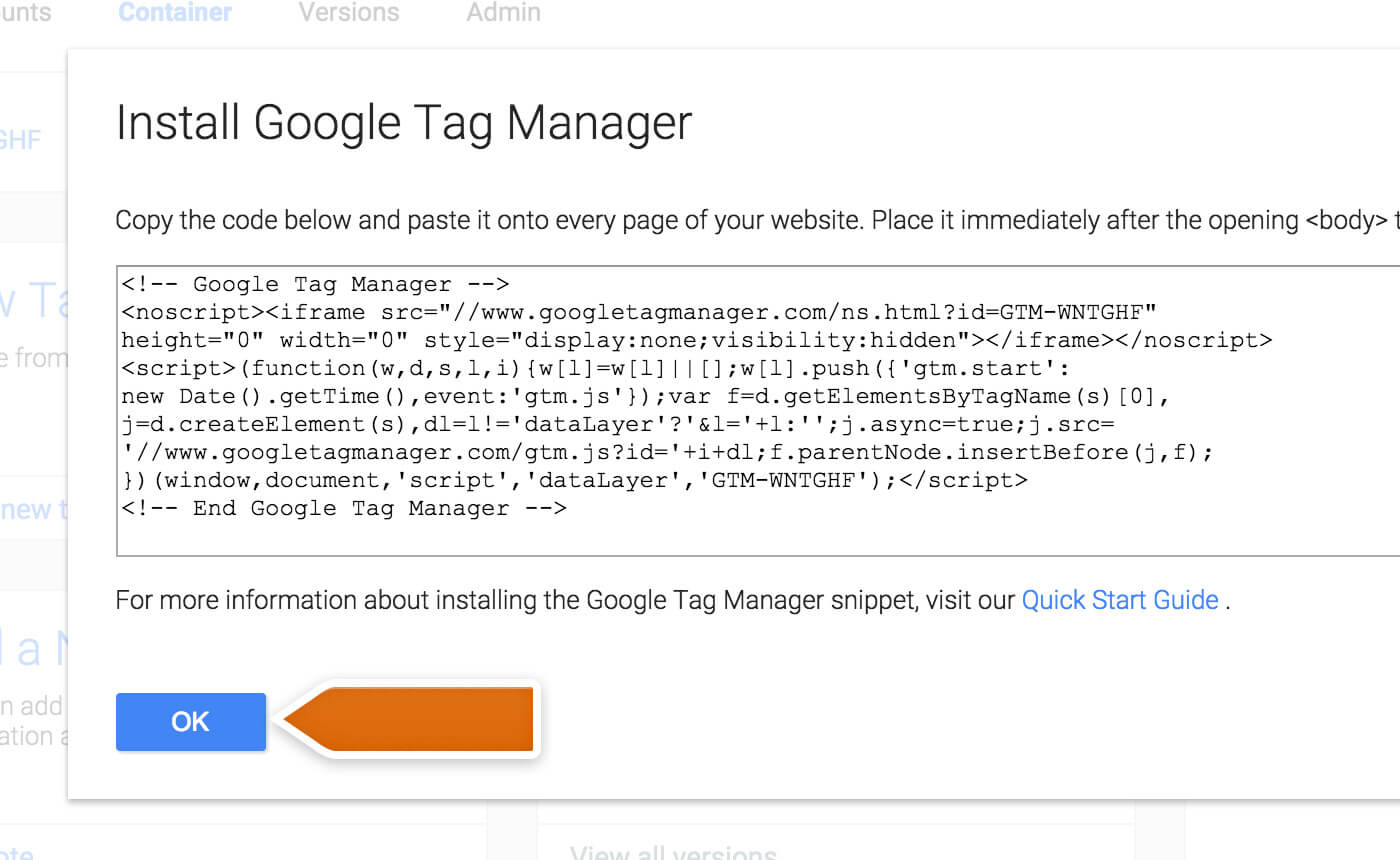Tag Manager
Index #1 What is Google Tag Manager? #10 Introduction to GTM Triggers #2 What is a tag?
/* */. Other examples of tags are: • Kissmetrics tracking code • code etc. So you see, that tag is just a snippet of code. You can add this snippet of code (or tag) directly to your website, by copying-pasting it, in your website template files (like header.php) or you can add the tag indirectly on your website, via Google Tag Manager (GTM). Advantage of adding the tags via Google Tag Manager What is the advantage of adding the tags to your website via GTM, when you can simply, directly place them on the website? T he advantage is, when you use GTM to add tags on a website, you get more control over: • When the tag should fire. • When the tag should not fire.
Security, Flexibility, automatic tracking, and more! Livro Serial Killer Made In Brazil. Google Tag Manager makes it easy to add analytics and conversion tracking to your site.
• Where the tag should fire. • Where the tag should not fire and • What the tag should do, when it get fired (executed) In addition to this, via GTM, you can very easily: add, remove, enable or disable any tag on your website. You can very easily change the functionality of almost any tag. If you are not using Google Tag Manager, then you need to, manually add or remove the tags from one or many website template files, and you won’t be able to enable or disable these tags. To disable a tag, you have to remove it from the template files. To enable the tag, you have to add the tag back in your template files. This is a lot of work (code changes) esp.
If your website is big and use several tags. Similarly, if you want to change the functionality of a tag, you have to first manually find the template file(s) where the tag is installed and then edit the tag code. If you are using same tag in several different template files, you may miss to update the tag in some of the template files which can result in data discrepancies. So when you do not use Google Tag Manager to deploy and manage tags, then your web developer/ IT has to work extra hard to maintain various tags on your website. This increases your website maintenance cost.
So by not using Google Tag Manager, you end up spending more time and money on tag deployment and management. That is why you should use Google Tag Manager. And above all, GTM is free to use. There is no monthly or yearly fees. So there is really, no excuse, for not using GTM. Now watch this short video to improve your understanding of GTM tags and other key concepts:.
Key Benefits of using Google Tag Manager Following are the key benefits of using Google Tag Manager: #1 GTM removes the need for editing the website code over and over again just for adding, removing or editing tags. Instead, one code is placed on every page on the website, which is the GTM container code.
Unit 1: Starting out with Google Tag Manager Lesson 1: Course Introduction Lesson 2: Start with a measurement plan Lesson 3: Develop. Analytics Academy for Tag Manager Learn how to get the most out of Tag Manager with a free Analytics Academy course from Google. Learn Tag Manager for Mobile with Udacity Learn how to incorporate Google Analytics and Google Tag Manager in your Android mobile apps! Discover how Google Tag Manager (GTM) can be a buffer that keeps marketers and your developers happy, consolidating tracking codes in one place.
This container code literally acts as a container, as it can store and deploy several marketing and analytics tags. Through GTM user interface, you can: add, edit, enable, disable or remove any tag, with just few button clicks. No need to hard code the website over and over again just for deploying and maintaining various tags. #2 Through GTM you can test and deploy tags very fast without hard coding the tags each and every time on your website.
